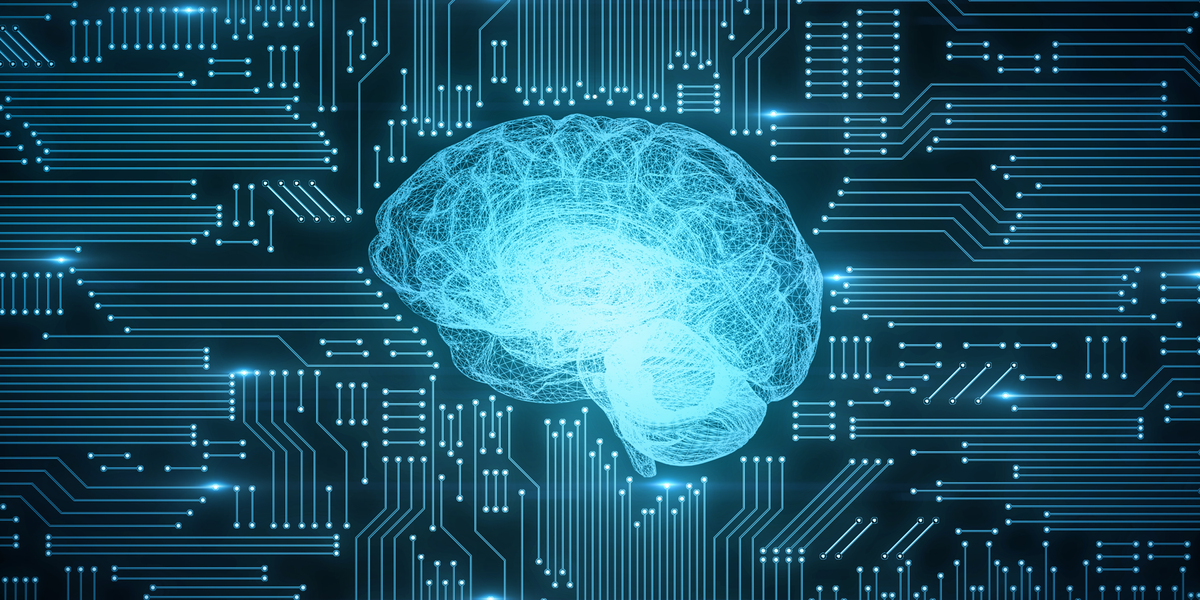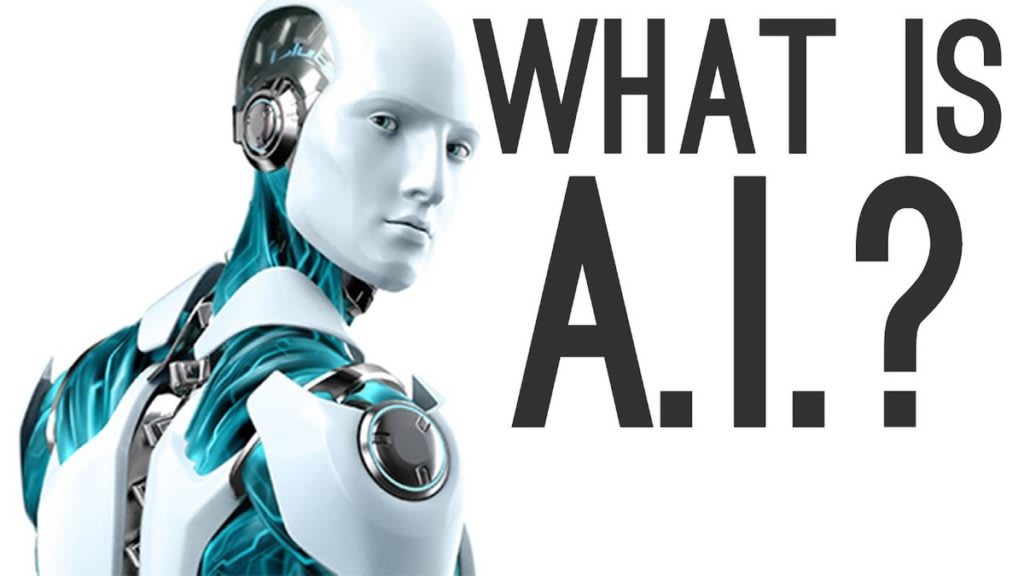What is AI?
- Artificial intelligence (AI) refers to cognition demonstrated by machines rather than natural intelligence produced by animals such as humans. Leading Industry textbooks define AI as the study of “intelligent agents,” or entities that understand their surroundings and take actions that increase their chances of attaining their objectives. However, prominent AI researchers reject this definition, which uses the term “artificial intelligence” to denote robots that simulate “cognitive” functions that humans connect with the human mind, such as “learning” and “problem-solving.”
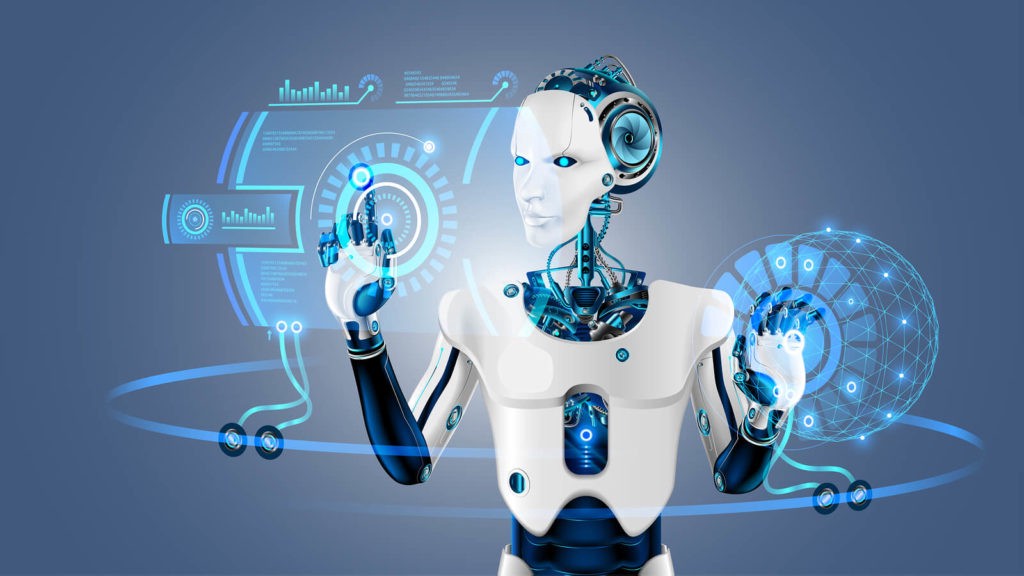
The History of AI?
The Turing Test.
- The origins of Artificial Intelligence (AI) thousands of years ago, when myths and speculations circulated about master artisans endowing artificial beings with intelligence or conscience. Classical philosophers tried to characterize the process of human thinking as the mechanical manipulation of symbols, which established the origins of modern AI. The digital computer, the machine based on the conceptual basis of mathematical reasoning, was invented in the late 1930s as a result of this effort. This technology, as well as the concepts behind it, prompted a group of scientists to carefully consider the prospect of creating an artificial, electronic brain.
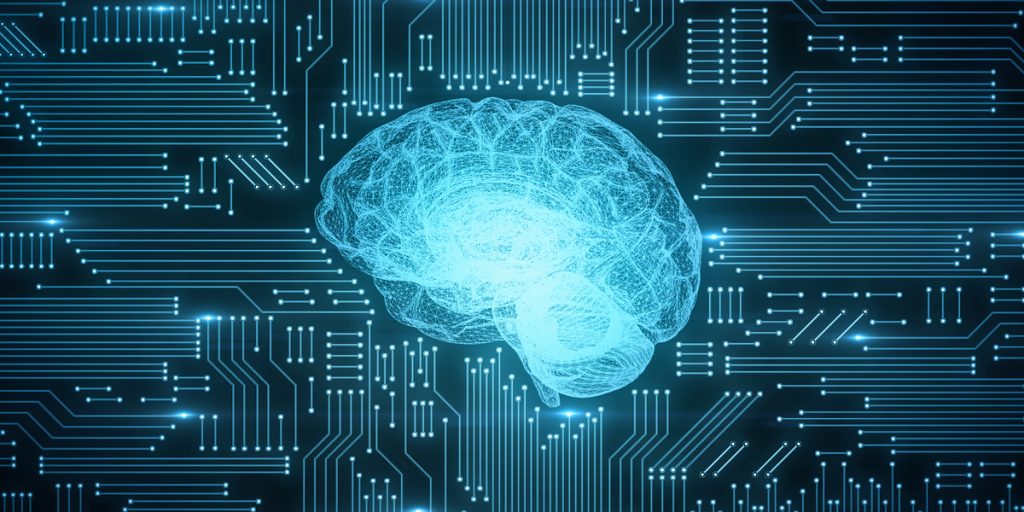
- Alan Turing presented a seminal paper in 1950 in which he mused on the idea of building thinking machines. Turing developed his highly recognized Turing Test after observing how difficult it is to define “intelligence”. It was acceptable to assert that a computer was “thinking” if it could have a conversation that was indistinguishable from a conversation with a human being. Turing was capable of explaining convincingly that a “thinking machine” was at least possible thanks to this reduced version of the problem, and the paper highlighted all of the most basic arguments to the assertion. The Turing Test was the first reasonable proposal in artificial intelligence philosophy.
- Hence, the name of the cognitive tests that a machine undergoes to assess its indistinguishability from a human being is called the Turing Test- we will speak more about this in a future article.

Game AI.
- Christopher Strachey developed a checkers board game software and Dietrich Prinz designed a chess program using the Ferranti Mark 1 processor at the University of Manchester in 1951. In the middle of the 1950s and early 1960s, Arthur Samuel’s checkers’ program progressed to the point where it could challenge a skilled player. Throughout the life of AI, game AI has been considered as a benchmark of growth.
Emergence of Cybernetics and Neural Networks.
- A combination of concepts that grew popular in the late 1930s, 1940s, and early 1950s sparked the first study into machine intelligence. The brain, as per recent neurology research, is an electrical network of neurons that fire in all-or-nothing pulses. Command and resilience in electrical networks were described by Norbert Wiener’s cybernetics. The information theory of Claude Shannon described digital transmissions (i.e., all-or-nothing signals). Alan Turing’s computation process had related to these studies- in that, any type of cognitive processing may be digitally represented. The strong link between these notions indicated that an electronic brain could be designed.
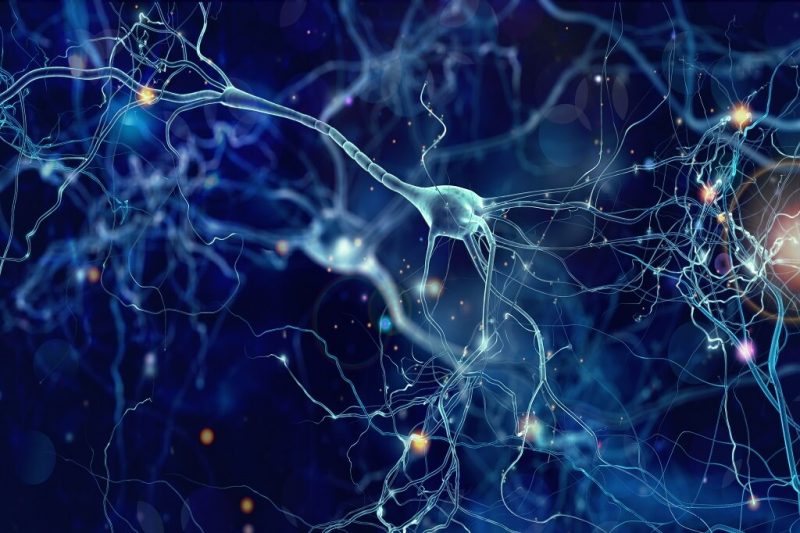
- hought can be computerized. Mechanical reasoning, often known as “formal reasoning,” has a long and rich history. In the first millennium BCE, Chinese, Indian, and Greek philosophers independently developed structured methods of formal deduction. Philosophers like Aristotle, Euclid, al-Khwārizmī (He developed algebra and created the term “algorithm”), and European scholarly intellectuals like William of Ockham and Duns Scotus developed their theories over hundreds of years.

Conclusion.
Thus we have effectively reached the conclusion of our first article pertaining to Artificial Intelligence. This article introduced us to the concept of Artificial Intelligence and provided us insight into the history of AI.
I do hope that you found this article interesting.
Thank you for your time.
